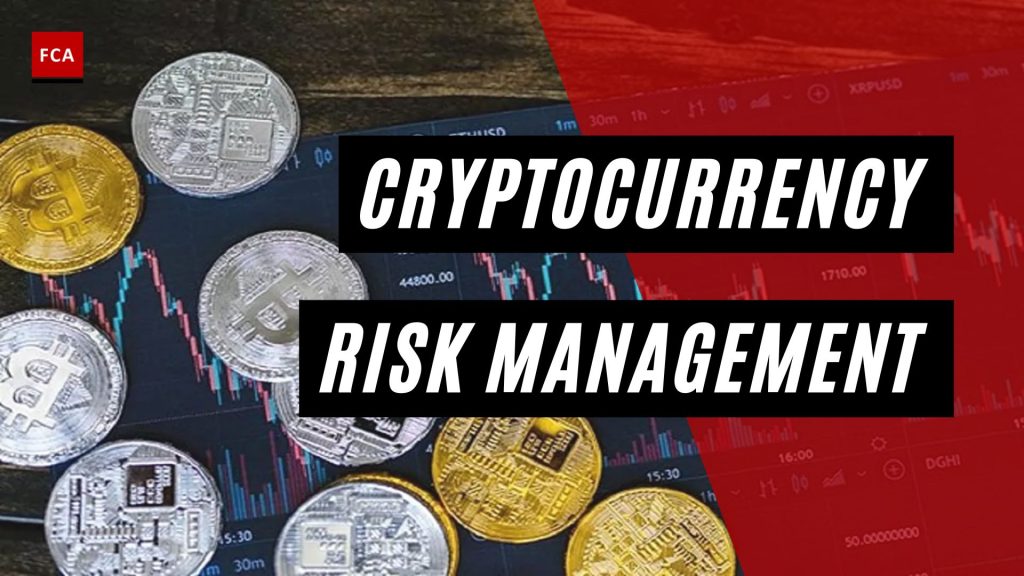Risk Management in Crypto Trading
Introduction:
In the volatile world of cryptocurrency trading, understanding and effectively managing risk is crucial for success. The crypto market is known for its rapid price fluctuations, regulatory uncertainties, and security concerns, making it both lucrative and risky. In this article, we'll explore the fundamentals of risk management in crypto trading, essential strategies, and tools to mitigate risks effectively.
Understanding Crypto Market Risks:
Before delving into risk management strategies, it's essential to comprehend the various risks inherent in crypto trading:
https://financialcrimeacademy.org/wp-content/uploads/2023/05/1-35-1024x576.jpg
- Liquidity Risk: Some cryptocurrencies may lack sufficient liquidity, making it challenging to buy or sell large amounts without significantly impacting the price.
- Regulatory Risk: Regulatory developments and changes in government policies can affect the legality and adoption of cryptocurrencies, impacting their value.
- Security Risk: The decentralized nature of cryptocurrencies makes them susceptible to hacking, theft, and fraud, posing a significant risk to traders' assets.
- Counterparty Risk: Trading on exchanges involves trusting third-party platforms with your funds, exposing traders to the risk of exchange hacks or insolvency.
Effective Risk Management Strategies:
To navigate these risks and protect your investment capital, consider implementing the following risk management strategies:
- Diversification: Spread your investment across different cryptocurrencies to minimize the impact of adverse price movements in any single asset. Diversification helps reduce concentration risk and potential losses.
- Position Sizing: Determine the appropriate size of each trade based on your risk tolerance and account size. Avoid risking more than a small percentage of your capital on any single trade to prevent significant losses.
- Stop-Loss Orders: Set stop-loss orders to automatically sell a cryptocurrency position if its price falls below a certain threshold. Stop-loss orders help limit losses and protect capital during adverse market conditions.
- Risk-Reward Ratio: Assess the potential risk and reward of each trade before entering the market. Aim for a favorable risk-reward ratio, where the potential reward outweighs the risk, to ensure that winning trades compensate for losses.
- Stay Informed: Stay updated on market news, regulatory developments, and security threats that may impact cryptocurrency prices. Being informed allows you to anticipate market movements and adjust your trading strategy accordingly.
- Use of Hedging Instruments: Consider using derivatives such as futures and options to hedge against adverse price movements in the underlying assets. Hedging instruments can help mitigate risk and protect your portfolio from downside exposure.
- Cold Storage: Store the majority of your cryptocurrency holdings in cold storage wallets, which are offline and less vulnerable to hacking attacks compared to hot wallets connected to the internet.
Conclusion:
Risk management is a critical aspect of successful crypto trading, allowing traders to navigate the inherent uncertainties and volatility of the market effectively. By understanding the various risks involved, implementing appropriate risk management strategies, and staying informed, traders can mitigate losses and increase their chances of long-term profitability in the dynamic world of cryptocurrency trading. Remember, while crypto trading offers significant opportunities, it also demands caution and prudent risk management practices.
References
- ^ Peter F. Christoffersen (22 November 2011). Elements of Financial Risk Management. Academic Press. ISBN 978-0-12-374448-7.
- ^ Financial Risk Management, Finance Glossary. Gartnergartner.com
- ^ W. Kenton (2021). "Harry Markowitz", investopedia.com
- ^ Markowitz, H.M. (March 1952). "Portfolio Selection". The Journal of Finance. 7 (1): 77–91. doi:10.2307/2975974. JSTOR 2975974.
- ^ Jump up to:
- a b c See § "Does Corporate Risk Management Create Value?" in Capital Budgeting Applications and Pitfalls. Ch 13 of Ivo Welch (2022). Corporate Finance, 5 Ed. IAW Publishers. ISBN 978-0984004904
- ^ Allan M. Malz (13 September 2011). Financial Risk Management: Models, History, and Institutions. John Wiley & Sons. ISBN 978-1-118-02291-7.

































